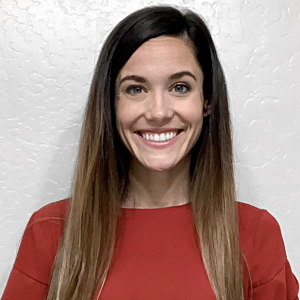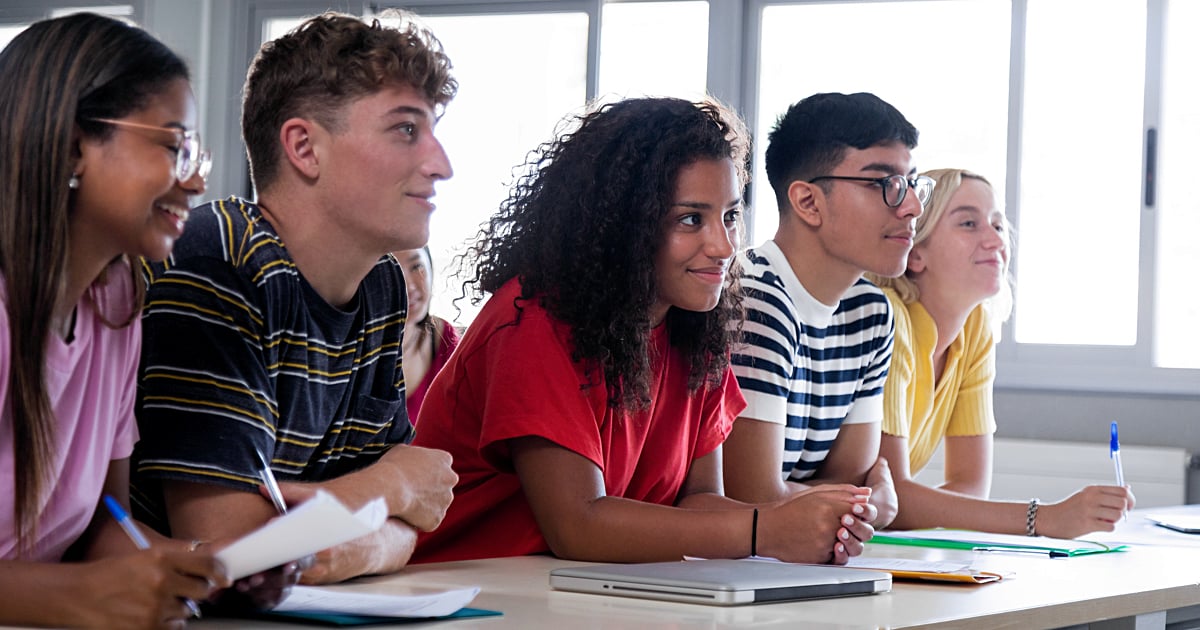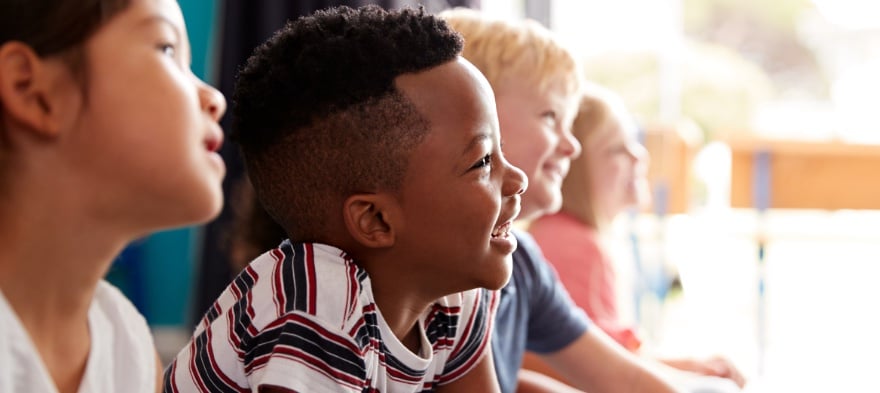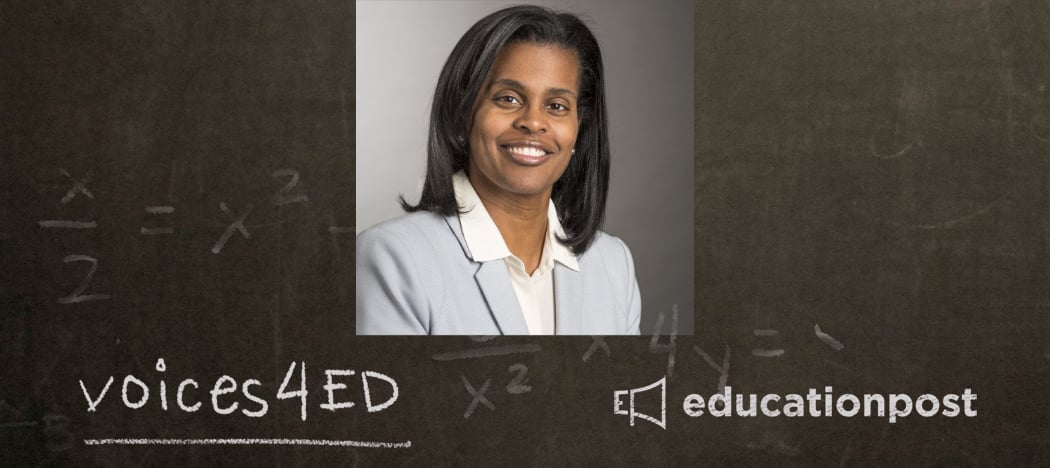As a 10th-grade math teacher, I’m getting a lot of questions about whether I’m feeling pessimistic amid so much bad news about student learning loss. The answer is a resounding no.
It's true today’s rising sophomores, the kids I’m going to teach next year, were in eighth grade when they took—and bombed—the Nation’s Report Card in math. Their scores dropped to historic lows that worried educators and parents across the country. Nationwide, and in my home state of Arizona, just about a quarter of these students scored proficiently on the Nation's Report Card, or National Assessment of Educational Progress. Students from historically marginalized communities were disproportionately impacted.
Despite all that, I'm still feeling hopeful. In my school, Williams Field High School, we're waiting for our latest ACT ASPIRE high school achievement results, which Arizona uses as a statewide check on achievement. I'm confident they'll show growth, which we also saw in the 2021-2022 school year. While we may wish growth was happening at a faster rate, it's still progress we can celebrate.
While data is critical, what really keeps me from getting dispirited is that I've seen educators and students really engage in teaching and learning this year in meaningful ways.
The pandemic shook us, but it didn't break us.
I've noticed my students, who are often extremely self-conscious at 15 and 16 years old, are much more willing today than in the past to try new activities, work in groups with peers, and talk out loud. That’s not to say any of this comes easily, especially since some of our social skills got rusty during virtual and hybrid learning, but we no longer take being together for granted. I've seen progress in this area firsthand.
I've been trying some new practices to ensure this is happening equitably. For example, I've been randomly assigning student groups more than in the past. I want students to collaborate, but I don't want them to self-segregate. By randomly assigning students, we naturally build a classroom community without barriers. The book "Building Thinking Classrooms in Mathematics," by Peter Liljedahl has helped push me toward this practice, and it's an excellent read for any math teacher.
Sometimes I take a more direct hand in forming student groups with an eye toward accessibility and equity. I do this when I feel that my students who are English language learners would benefit from being in a group that includes at least one other student who speaks their home language. When checking on these groups, I take time to make sure language isn't getting in the way or leading to misconceptions.
During whole-class work, I've also shifted to starting most lessons with a prompt that all my students can access to get everyone engaged, talking about math and problem-solving, and then we build on those, doing more complex work. This encourages broad participation from the get-go.
These approaches have paid off. For example, I had one student this year who was so quiet in September and October, rarely participating in classroom conversations or activities, and who became a class leader by spring. Toward the end of the year, it filled me with so much joy to overhear him thoughtfully explaining to peers how to graph a circle during class. The other kids crowded around his table and hung on to what he had to say about finding the center and radius.
I know it's a little hard to be optimistic about teaching. It's true we're tired and many educators have thought about leaving the classroom amid our challenges. But a recent survey found that sentiment and morale are improving.
And, like our students, teachers work more collaboratively now than in the past. My colleagues and I plan lessons together and collaborate all the time, an improvement over pre-pandemic practices and an outgrowth of having to band together during virtual and hybrid instruction to figure out how to reach kids over Zoom.
COVID brought other silver linings too. Educators have developed new skills, and we have new tools that can make us more effective in the classroom. For example, while some schools didn’t have the technology they needed before, including devices and broadband, many more do now.
Today, my kids don’t miss a beat if they have to be out or I’m not in class. I have available lesson recordings and engaging digital tools for them to use so they don’t miss lessons and can practice skills at home. That means an absence doesn’t have a snowball effect like in previous years. In addition, many school districts have invested in improved curriculum options and better instructional resources, with some using federal pandemic-relief funding to do so.
I’ve seen these kinds of changes both at my high school and in other school communities I work with around the country through a math professional development program I'm part of. One school I've worked with is a small school on the Wind River Reservation in Wyoming. With limited resources, they recently adopted a high-quality math curriculum and engaged deeply in helping students fill learning gaps that pre-dated but worsened during the pandemic. A big focus of their efforts has been to ensure student engagement is high and helps fuel higher achievement.
Of course, we still have a lot of ground to make up.
But at the end of the day, it’s the kids who make me feel most optimistic about the direction in which we’re headed.
As I passed my yearbook around for my students to sign during the final days of this past school year, many of them mentioned how they were actually looking forward to math next year and felt prepared to take on new learning. I feel the same way.






